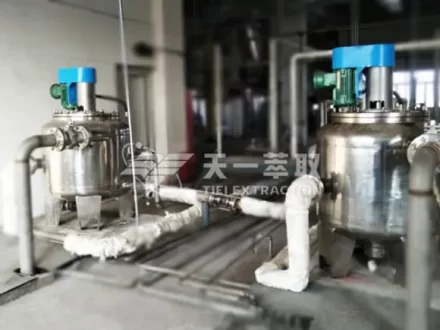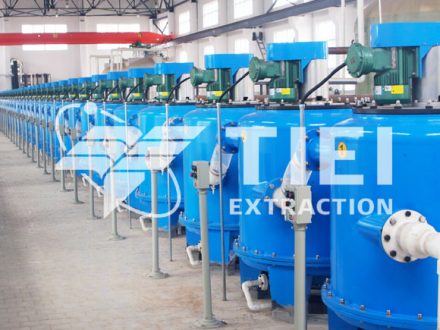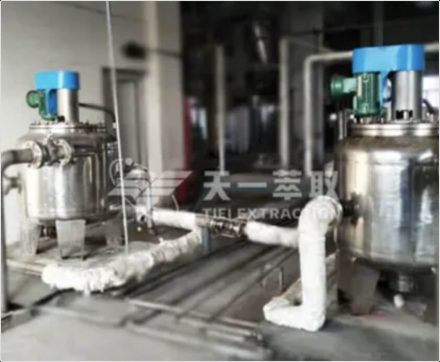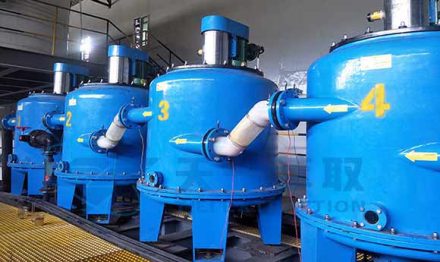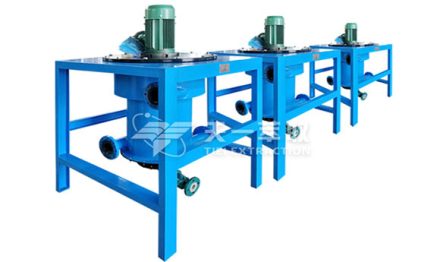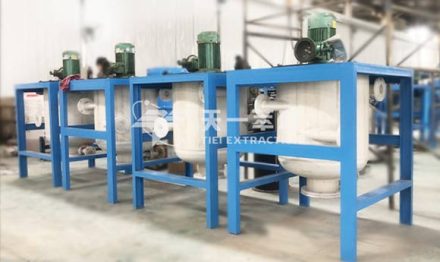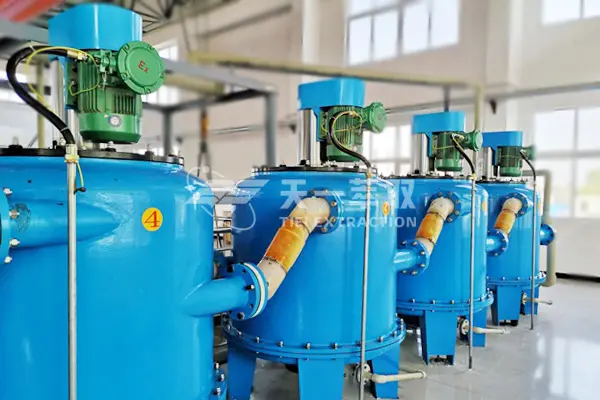
Recycling of waste power batteries usually includes pretreatment, leaching, separation or regeneration, of which separation is the key link in the recycling of waste power batteries, and is also the key and difficult point in the current research on recycling of waste power batteries.
After pretreatment and leaching of waste batteries and ternary materials, Co, Ni, Mn and Fe, Zn, Al, Mg metal elements are transferred to the liquid phase to form ternary solution.
At present, hydrolysis precipitation method and solvent extraction method are generally adopted for the purification of ternary liquid. Precipitation method has the advantages of easy control of reaction, fast reaction speed, high impurity removal efficiency, easy filtration of sediment, simple process, low equipment investment, etc., also has good economic and environmental benefits. However, the precipitation method has the problems of coprecipitation and adsorption of heavy metals, which lead to the problems of large slag amount, low recovery rate of heavy metals, difficulty in recycling slag, and poor working environment in the workshop.
The ternary liquid is purified by solvent extraction. Due to the large difference between the extraction degree of Co, Ni, Mn and impurities such as Fe, Zn, Mg during the extraction process, it is generally necessary to use various solvent extractants for multi-step extraction. If the multi-step extraction is carried out on the same production line, it will result in partial mixing of multiple extractants. Because the extractants can be mutually soluble, it will seriously affect the effect of extraction and separation, In addition, the mutually soluble extractants are difficult to separate, so the used extractants cannot be recycled, which increases the production cost. Therefore, in the existing technology, each step of extraction needs to be completed in different production lines, which leads to a long extraction process and low impurity removal efficiency.
The solvent extraction method is adopted to extract Nickel, Cobalt and Manganese. The whole production process is characterized by short process flow, good impurity removal effect, high metal recovery rate, low cost, and no slag generation, which will not cause difficulties in slag recycling and environmental pollution. The specific process flow is as follows:
Saponification process:
Mixing solvent extrantant and diluent in proportion to obtain an organic phase, then mixing the organic phase and the saponifying agent in proportion to obtain a saponified organic phase;
Nickel extraction process:
The saponified organic phase and nickel cobalt manganese ternary solution are extracted by CWL-M series new centrifugal extractor, so that all metal elements other than nickel are transferred to the saponified organic phase, and after extraction, the nickel rich raffinate and the first loaded organic phase are obtained;
| Nig/L | Cog/L | Mng/L | MgMg/L | FeMg/L | ZnMg/L | |
| nickel rich raffinate | 63.2 | 0.05 | 0.01 | 3.4 | 0.7 | 0.5 |
| Co Mn washing solution | 0.2 | 35.7 | 46.3 | 8.2 | 1.0 | 1.0 |
Separation to remove Mg Process:
Mix and wash the first loaded organic phase with an acidic solution, and control the washing end point pH to 4-4.5 to obtain the Mg-rich first washing solution and the second loaded organic phase;
Separation of Mn and Cobalt by acid washing process:
Mixing and washing the second loaded organic phase with an acidic solution, controlling the pH of the washing end point to be 2.5-3.0, to obtain a second washing solution rich in Cobalt and Mn and a third loaded organic phase;
Stripping - Solvent re-use process:
The third loaded organic phase was back-extracted with an acidic solution to obtain a back-extraction solution containing Fe, Zn, and other impurities and a blank organic phase.
CWL-M series new centrifugal extractors widely used in extraction, washing, stripping process, with advantage of continuous operation, high degree of automation, high extraction efficiency, and a small footprint.

